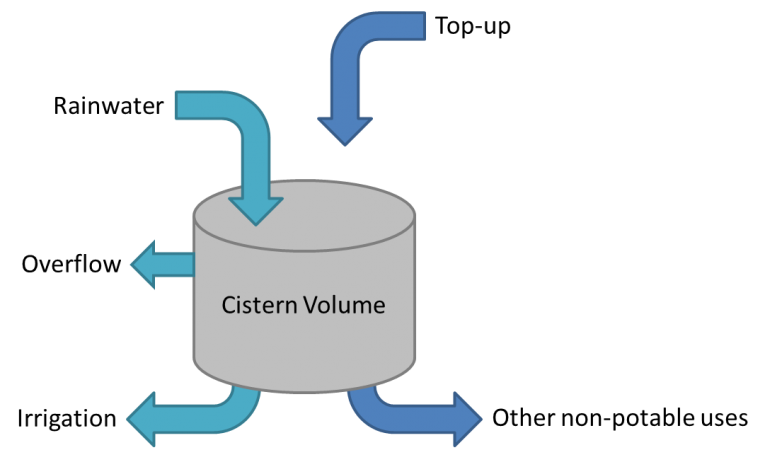Difference between revisions of "Rainwater harvesting: Sizing and modeling"
Jump to navigation
Jump to search
Jenny Hill (talk | contribs) |
Jenny Hill (talk | contribs) |
||
| Line 19: | Line 19: | ||
<p>The Sustainable Technologies Evaluation Program have produced a rainwater harvesting design and costing tool specific to Ontario. The tool is in a simple to use Excel format and is free to download.</p> | <p>The Sustainable Technologies Evaluation Program have produced a rainwater harvesting design and costing tool specific to Ontario. The tool is in a simple to use Excel format and is free to download.</p> | ||
<panelWarning> | <panelWarning> | ||
| − | [[File:Connect the Drops.PNG| | + | [[File:Connect the Drops.PNG|150 px|STEP Rainwater Harvesting Tool|link=http://www.sustainabletechnologies.ca/wp/home/urban-runoff-green-infrastructure/low-impact-development/rainwater-harvesting/rainwater-harvesting-design-and-costing-tool/]] |
</panelWarning> | </panelWarning> | ||
</div> | </div> | ||
Revision as of 20:25, 6 June 2017
<panelInfo>
</panelInfo>
STEP Rainwater Harvesting Tool[edit]
The Sustainable Technologies Evaluation Program have produced a rainwater harvesting design and costing tool specific to Ontario. The tool is in a simple to use Excel format and is free to download.
The Treatment Train Tool[edit]
Once the size of cistern has been determined, it can easily be modelled in many open source and proprietary applications.
In addition to the cistern size, modelling requires
<btnPrimary>The Treatment Train Tool</btnPrimary>
